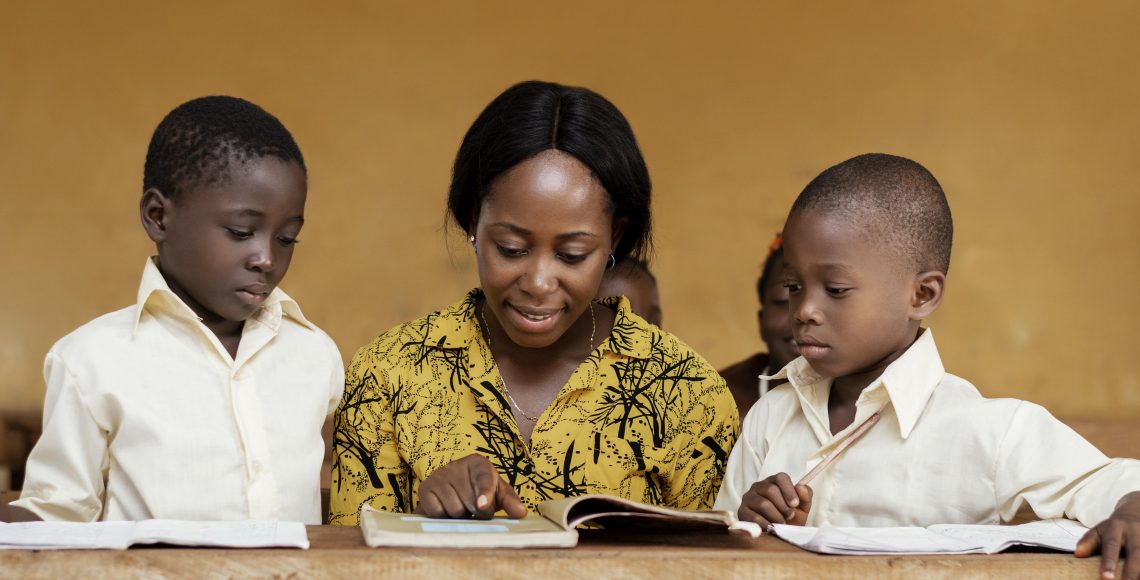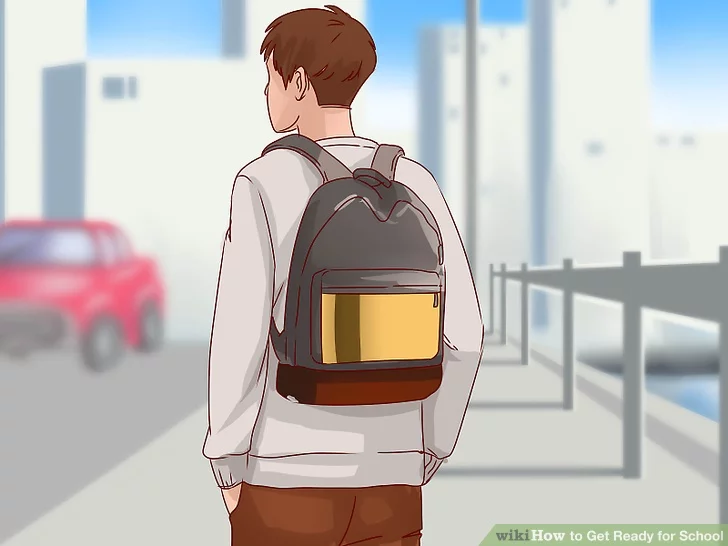Helping Your Child with Back to School Anxiety During Coronavirus
How Do I Help My Child Cope With Anxiety?
Author Karen Salmansohn once wrote ”no amount of anxiety can change the future.” Indeed, these words certainly seem applicable to the coronavirus pandemic as we all struggle with the prospect of the upcoming school year, regardless of whether students will learn in a brick-and-mortar setting or remain home and learn remotely.
And if parents are anxious and fearful of what lies ahead, just imagine what is going through our children’s minds!
However, children can be stronger and more adaptable than we think sometimes. Therefore, it is up to us to instill in them both confidence and self-efficacy so they can cope with anxiety and make the most of their educations.
Identifying Anxiety
To start with, if you’re going to help your child cope with anxiety, you must first identify the condition. The lesson titled What Is Anxiety? – Definition, Symptoms & Causes goes into greater detail, but some initial signs to look for include:
- Bursting into tears for no apparent reason
- Changes in eating habits
- Changes in sleeping habits
- Clinginess
- Headaches
- Lack of concentration
- Negative comments
- Quickness to anger
- Restlessness
- Stomachaches
Preparation Tips
For students who are nervous about on-site school, rehearse the trip to school by walking the actual route a couple of times or driving the school bus route with your student. If your teen drives to school, allow them to traverse the route and even find a parking space. Go over where your child will hang their coat, where they will eat lunch, and when they will be allowed to use the restroom.
For students who are nervous about online school, design a schedule so they can actually ”see” what is going to happen during the week. Before you even start, use Skype or Zoom to do a practice run to make them feel more comfortable with software used by their school.
People tend to fear the unknown, so by addressing as many variables as possible, you can reduce the entire family’s anxiety to manageable levels. Further, you can gently guide kids through an anxiety-producing situation by telling a ”social story”, which explains how things will take place. Don’t be afraid to be honest with children and ask if they have any questions or pressing concerns that are bothering them.
Multi-tasking Versus Mono-tasking
Have you ever witnessed your child studying while they were simultaneously watching television, typing on a laptop, and talking on a cellphone to a friend? Admittedly this talent is impressive, but some scientific research now suggests multi-tasking can cause a host of negative side effects, including anxiety, fuzzy thinking, and even IQ drops.
On the other hand, mono-tasking involves doing only one task at a time until it is completed. Studies suggest this methodology can actually result in reduced anxiety, sharper thinking, and increased concentration levels. Whether your student is learning entirely from home or tackling homework after school, encourage your children to focus on one task at a time.
Meditation and Mindfulness
Sometimes it’s not so easy to just tell others to relax and not be anxious. If that is the case, meditation and mindfulness may be the ticket to help you and your child deal with the stressors of the coronavirus outbreak. Mindfulness is based on the concept of ”living in the moment” as well as being aware and conscious of things around you.
One simple mindfulness exercise to help your student relax involves squeezing and releasing each muscle in the body. They hold each muscle tight for a few seconds and then move on to the next one. Additionally, instead of rushing through their next meal and looking at their cellphone while eating, they could chew slowly and enjoy the experience, observing and smelling their food first, and taking a few seconds between each bite.
They can also meditate with their eyes open, half-closed, or closed. Advise them to sit with as little stress as possible on the body and avoid letting their mind race back to all the stressors of the day. Instead, they can focus on a pleasant spot like a quiet beach setting.
Exercise
While there are many choices for exercise that may reduce anxiety, many experts believe any aerobic exercise that elevates the heart rate is an ideal choice. Help your child aim for at least 30 minutes of exercise at least three times per week. Good choices include:
- Cycling
- Dancing
- Jogging
- Swimming
Still another option for reducing anxiety is a series of yoga poses. Make sure your student starts out with the beginner poses first and doesn’t push to the point of injury.
Music
Which music is right for you and your children to reduce anxiety? That’s not an easy question to answer because everyone’s mind and body are unique, and when it comes to music everyone has personal tastes. However, many scientists feel certain songs are more relaxing and soothing than others. Two popular suggestions include ”Weightless” by Marconi Union and ”Electra” by Airstream. Many people respond well to classical or jazz music, and it is probably best to avoid fast-paced music with heavier beats. Still another choice is to listen to soothing music with the sounds of ocean waves, waterfalls, or rain added in the background.
Don’t Try to Navigate Anxious Waters Alone
The last thing you want to aim for during these troubled times is to try and go it alone, as trying to do too much will almost certainly increase your own anxiety levels. After all, in the computer age you have plenty of social media connections to stay in touch with others. You will want to stay connected with your children, other parents, teachers, physicians, and other people in your community. Remember, they are feeling anxious and stressed too.
Seeking Professional Help
If all else fails, there is absolutely no shame in a child (or parents) seeking professional help for dealing with excessive anxiety. If you are sheltered in place at home, the burgeoning field of telepsychiatry may be something to consider. Before the school year even gets underway, it might not be a bad idea to go online and learn about some of your telehealth options for dealing with the coronavirus pandemic.
Resource from Study.com



